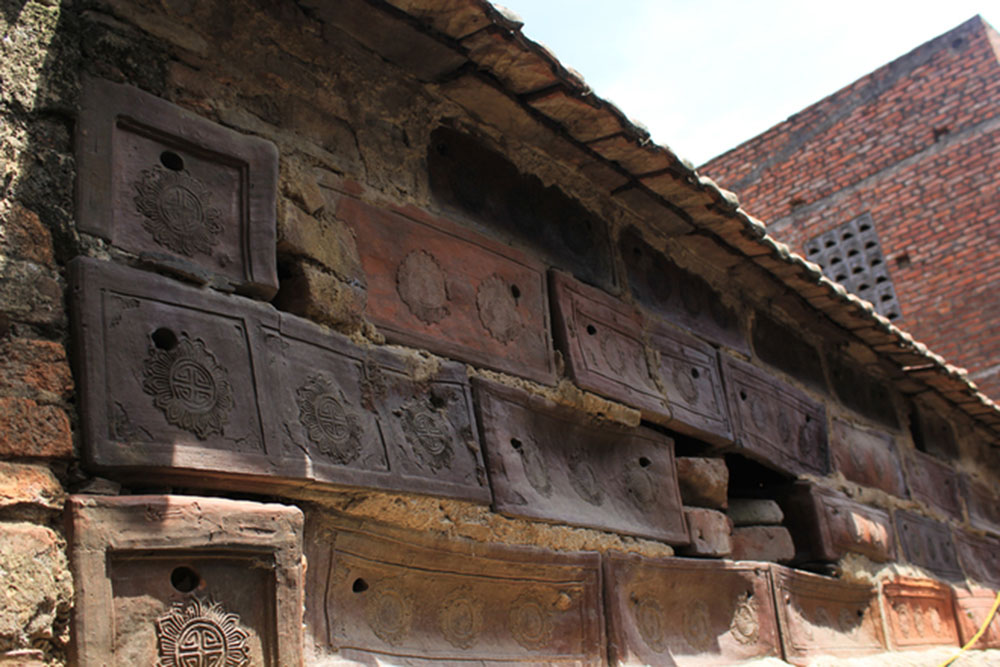
1. Introduction to Tho Ha Pottery village
Tho Ha is located on the banks of Cau River, so waterway traffic is very convenient, boats and boats travel busy, even large ships can run on the river. Boats can go down the Cau River to Pha Lai and the sea, and up the Cau River they can go to Hiep Hoa and Thai Nguyen. Quang Ninh coal is transported by boat or barge to the village. In the past, the village's ceramic products were transported by river to sell in different regions of the country.
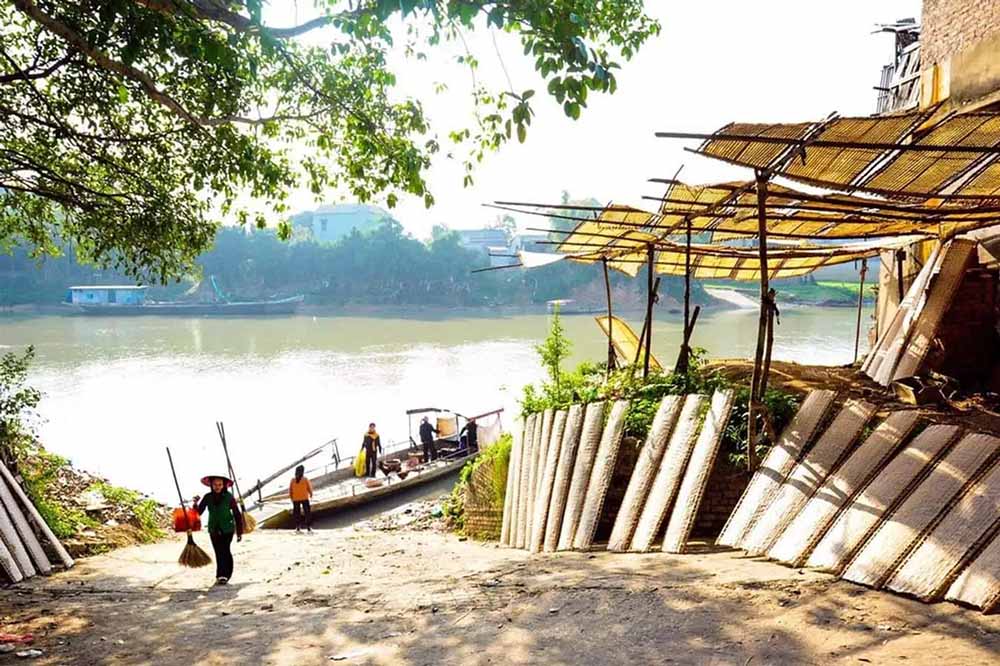
Tho Ha has three sides of a river like an island. To leave the village, you have to take a boat. The village has three ferry wharves: the Chua wharf is in front of the communal house, the lower wharf is in Hamlet Four, and the upper ferry is in Hamlet Mot. In the past, boats operated by rowers looked very poetic, but today they are all motorized so the boats carry passengers faster. Along the village's riverbanks are boats of fishermen living.
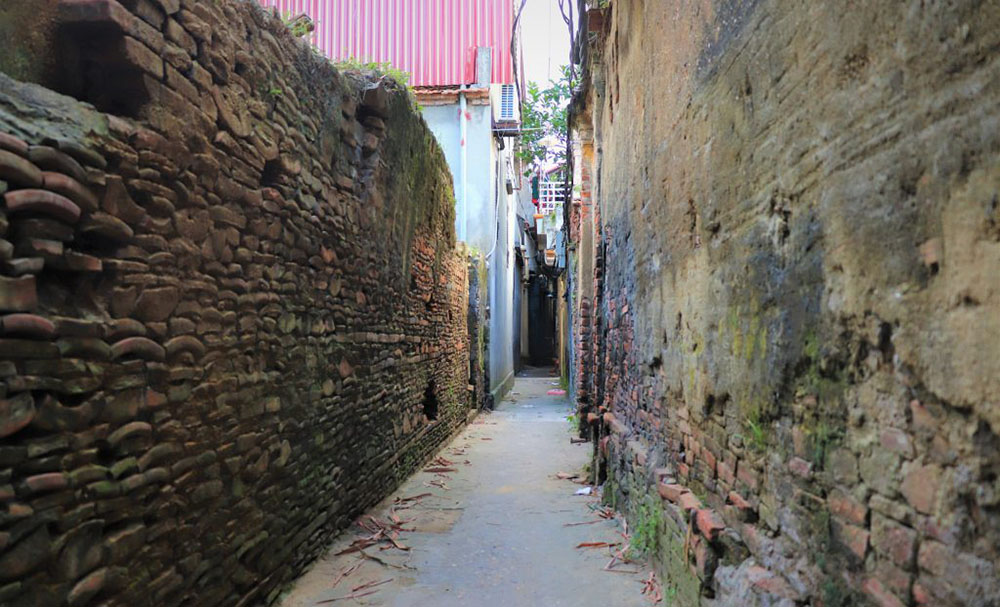
A few decades ago, the vestiges of the once glorious pottery profession were ancient alley walls and house walls built entirely of broken pieces of pottery or waste ceramics without using any lime or mortar, only using mud from the Cau River. to bond.
2. Tho Ha craft village - famous for a long time
Tho Ha pottery craft
Tho Ha pottery has been around since the 12th century and is one of the three most ancient ceramic centers of Vietnamese people, next to Phu Lang and Bat Trang. According to the village's genealogy and archaeological artifacts found, Tho Ha is one of the cradles of ceramics. Tho Ha was a busy ceramic trading port of the Kinh Bac region. The prosperity of the pottery profession has helped people build a majestic architectural complex of communal houses, pagodas, temples, village gates, and shops.
In the village, there is still a story about the founder of pottery making in Tho Ha village, Dr. Dao Tri Tien. At the end of the Ly Dynasty (1009 - 1225), three men Dao Tri Tien, Hua Vinh Cao and Luu Phong Tu were together as mandarins in the court and were sent as envoys to the Northern Song Dynasty (960 - 1127). After completing the mission, on the way back to the country through Thieu Chau, Guangdong province, we encountered a storm and had to stop. There is a famous pottery kiln here. His father visited and learned pottery making techniques. Returning home, Dao Tri Tien passed on the craft of making dark red ceramics to Tho Ha, Hua Vinh Cao passed on the craft of making white ceramics to Bat Trang, and Luu Phong Tu passed on the craft of making dark yellow ceramics to Phu Lang. Previously, the annual incense offering ceremony to the Potter Patriarchs (honoring all three men) was held alternately at home by potters in Tho Ha.
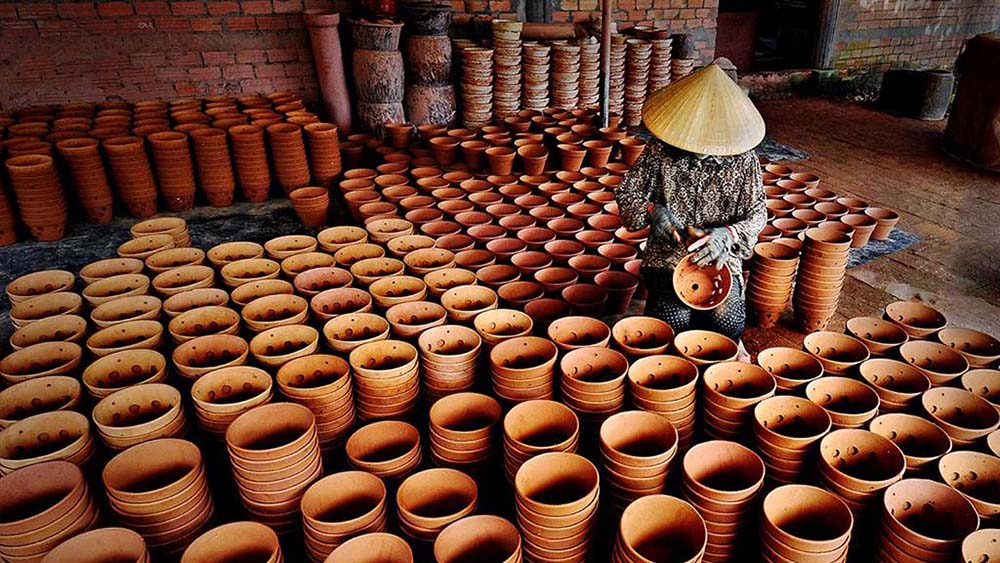
The profession of making spring rolls
From rice flour, in addition to the main product of rice paper rolls, people also produce rice noodles and large rice cakes sprinkled with sesame. Tho Ha rice noodles, tied into large bundles of 1 kilogram, are also very famous. The noodles are chewy but do not fall apart. The craft of making rice noodles predates the craft of making rice paper rolls today.
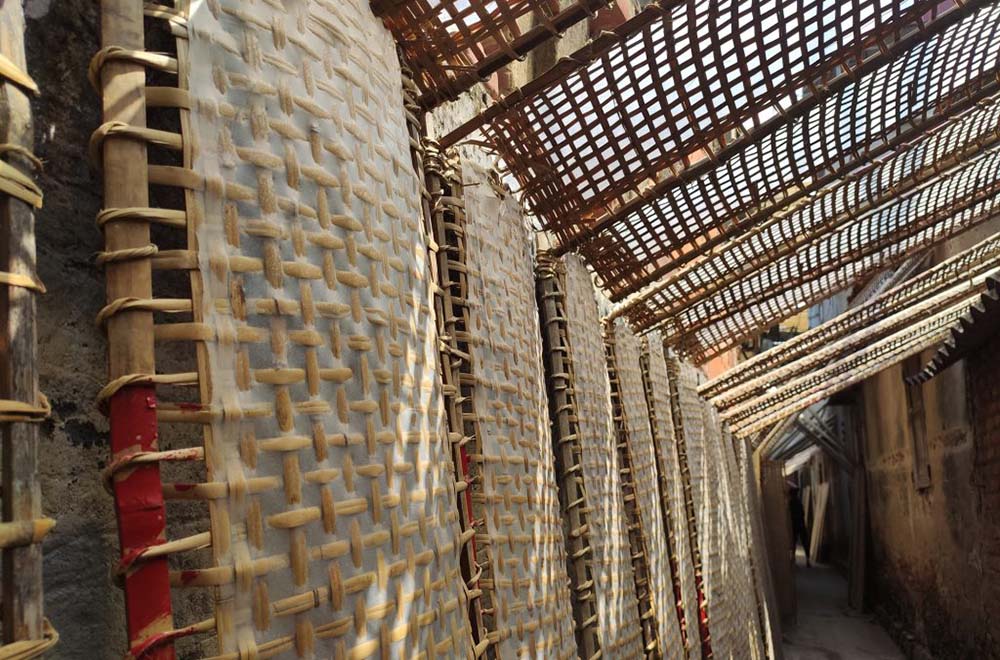
Tho Ha sesame rice paper is even better than Ke rice paper. Each family that makes rice paper rolls and noodles usually raises about a dozen pigs, each pig weighs over a quintal before being sold, which is a huge source of income. Thanks to the profession of making rice paper, villagers have a brighter life than before, most families have motorbikes, refrigerators, televisions, washing machines, and their living is not much different from the city. Previously, bakers Rice paper rolls have to work hard to fan the oven to roll the cake manually, but since the advent of electricity, the new technique of rolling the cake in a high-yield production line has reduced human hardship, and productivity has increased tenfold. three to four times.

A family can make 250 kg of rice noodles a day. On occasions near Tet, Tho Ha's rice paper rolls are not enough to meet market demand. The best selling time for cakes starts from September until the end of February of the following year. Tho Ha spring rolls have a cool, fragrant flavor, are white in color, fragrant, and chewy, so they are not only reputable with domestic customers, but many agency owners have signed contracts to export to Taiwan. , Korea, Japan and is very popular in these markets. However, households that produce rice paper rolls are still at a small scale, without a brand, Tho Ha rice paper rolls have not yet entered supermarkets in big cities. In addition to making rice paper rolls, there is now a Some families still make wine, but produce delicious sticky rice wine and sell it at a high price.

3. Explore Tho Ha pottery village
Because of its long history of formation and prosperous development, Tho Ha pottery village today still retains many ancient relics imbued with traditional Vietnamese cultural values.
Among them is Tho Ha Communal House built in 1692, this is a cultural work ranked as a national historical relic. The dragon and phoenix pattern hidden in the clouds harmonizes with people, plants, flowers, and animals, and also leaves the mark of the talented hand of the engraver.
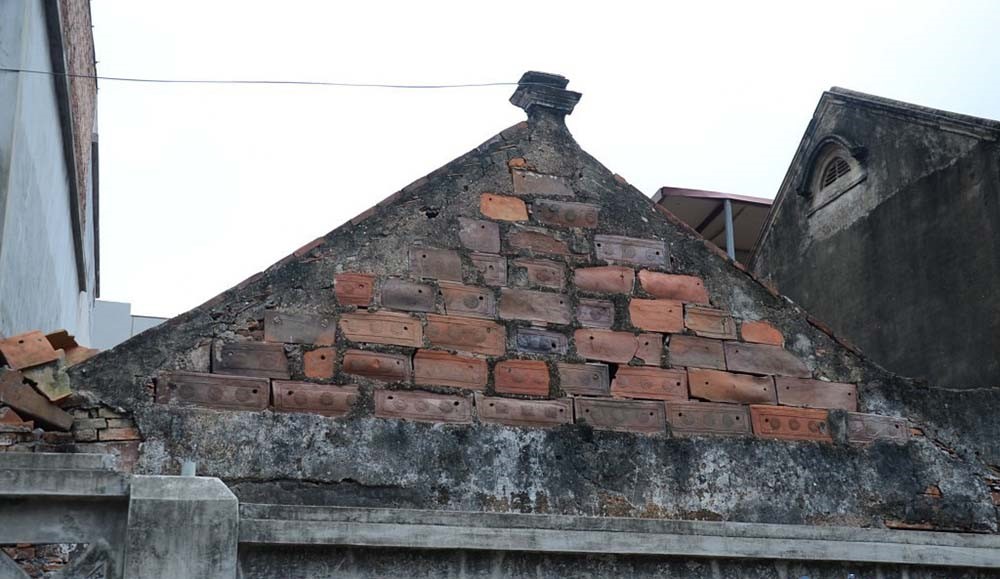
Going into the village, the most interesting are the small alleys. The red color of worn out old bricks, revealing the spirit of the footsteps of time, narrow alleys, lined walls blocking a glossy brown-black ceramic.
Visitors coming here often have a special impression with the beautiful, attractive alleys that have an ancient, nostalgic yet rustic and serene look.
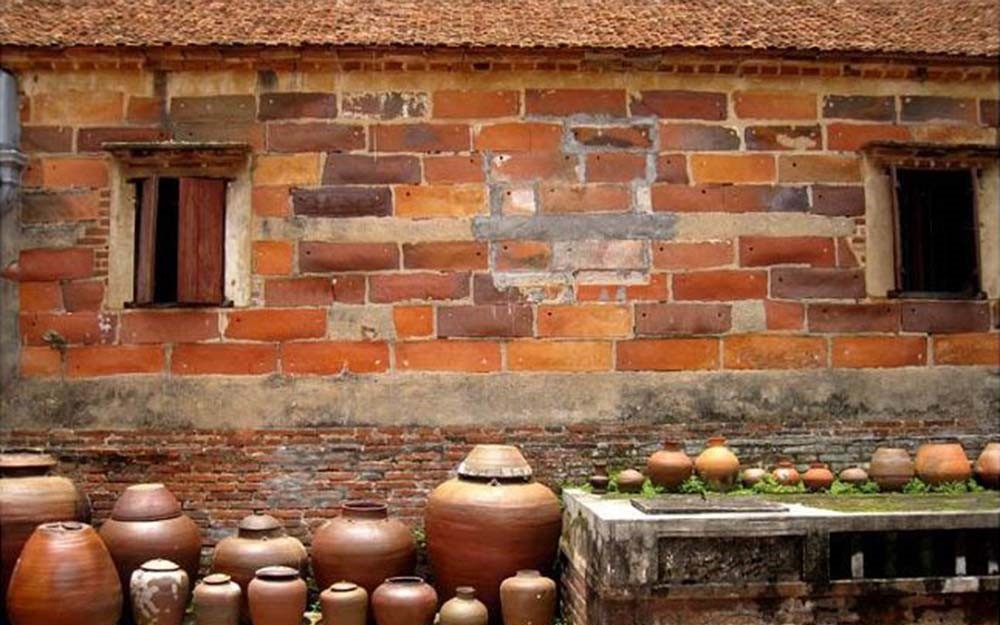
Ancient Tho Ha pottery did not use glaze, that magical flexible clay was fired until the glaze spontaneously melted, clinging to the surface of the pottery in a shiny brown color, smooth as velvet, cool.
The village only makes household items, jars, small crockery, and rice bowls that were famous at one time. The surface of the ceramic is dark purple, hard, and makes a sound like hitting cold steel.
The remaining pieces of ancient pottery on the walls are still intact, and that's why the soul of the pottery seems to linger forever.
Stepping into Tho Ha pottery village means you have entered a picture of national history, with the most typical features of architecture and ancient pottery art.
